Products You May Like
Get full access to Outside Learn, our online education hub featuring in-depth fitness, nutrition, and adventure courses and more than 2,000 instructional videos when you sign up for Outside+
Sign up for Outside+ today.
A myth isn’t a lie, exactly: We’re betting that the people who confidently told us growing up that moss always grows on the north side of the tree, that bear bells attract bears, or that tourniquets do more harm than good really believed that. But that doesn’t make them any less dangerous. From nature to survival to first aid, there’s a lot of misinformation out there that’s gotten so thoroughly embedded in outdoor culture that it’s tough to disentangle it from the good advice.
Backpacker’s on a mission to to debunk it. Over the past decade, we’ve written a lot about the most pernicious misconceptions in the outdoors. Here, we collect some of our most essential writing on them. Read it, and shed those old myths like an overloaded pack.
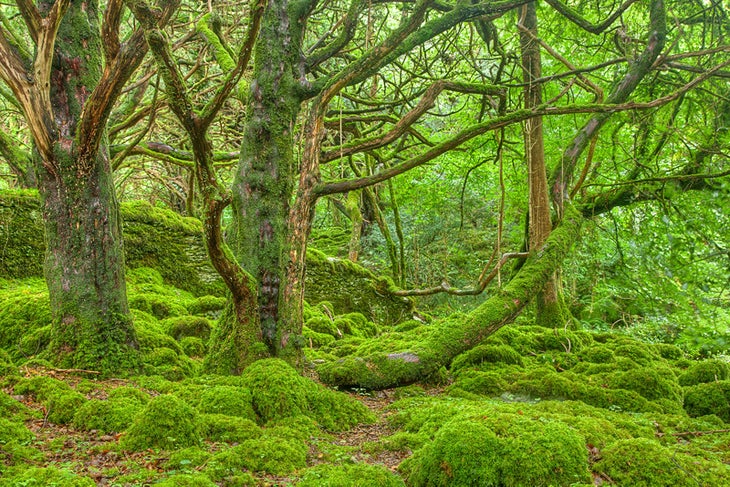
Not everything you learned about nature is true. Go ahead and forget these eight misconceptions. Want more? We rounded up five more myths that have wormed their way into hiking discourse.
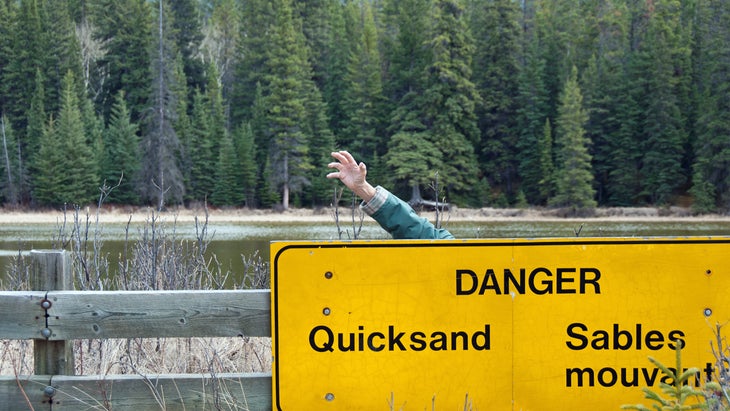
When it comes to wilderness survival, there’s a lot of advice out there on making it out alive. But not all of it is good advice. These common survival myths have wormed their way into the public consciousness, but it’s time to set the record straight.
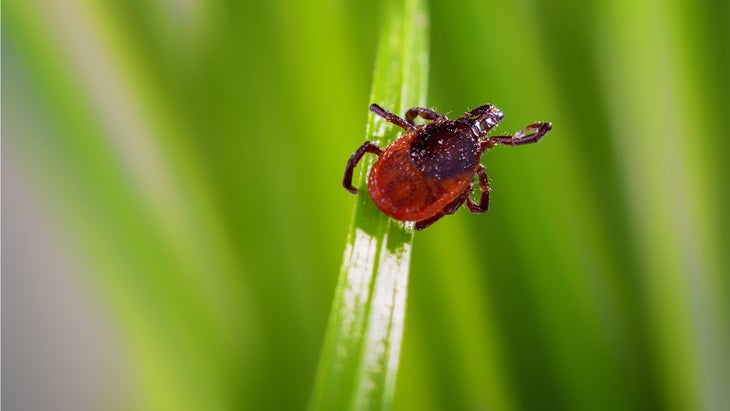
Think they perish in winter? Not a chance. We break down the truth about these creepy, crawling, bloodsucking arachnids.
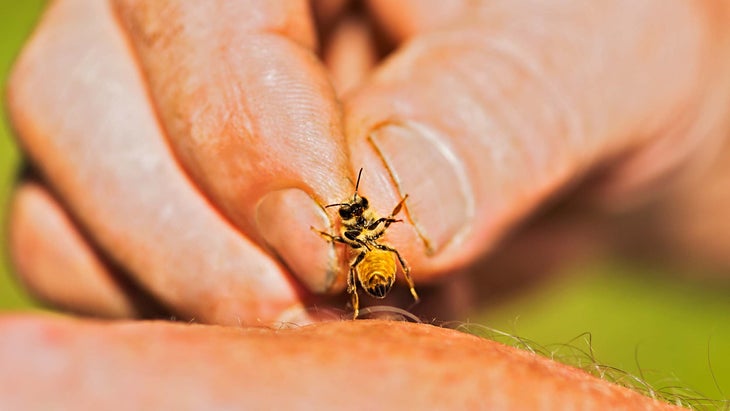
There’s a lot of first aid advice out there, and take it from a doctor: Not all of it is good.
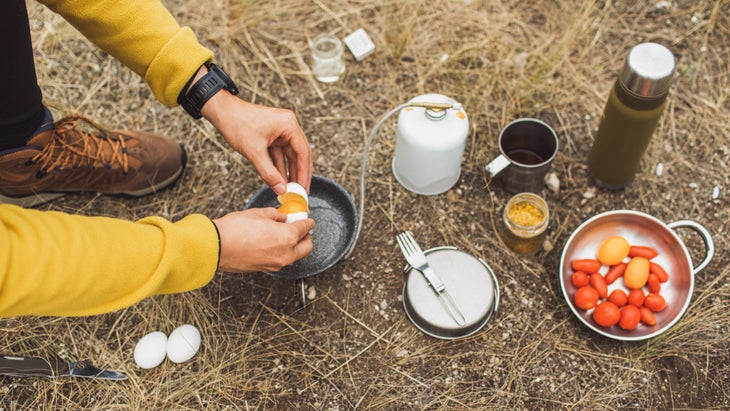
When you’re getting ready for a hike, do you shop for energy bars and fill your hydration pack with water? Even for experts, it can be hard to tell the good nutritional advice from the bad.
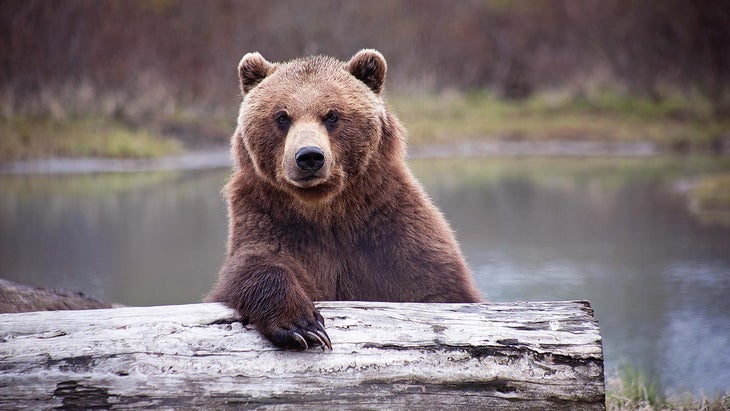
Should you climb a tree to get away from a bruin? Do bear bells really attract bears? We tackle these questions and more.

Trying to get in shape for your next big effort? Ditch this workout misinformation.
